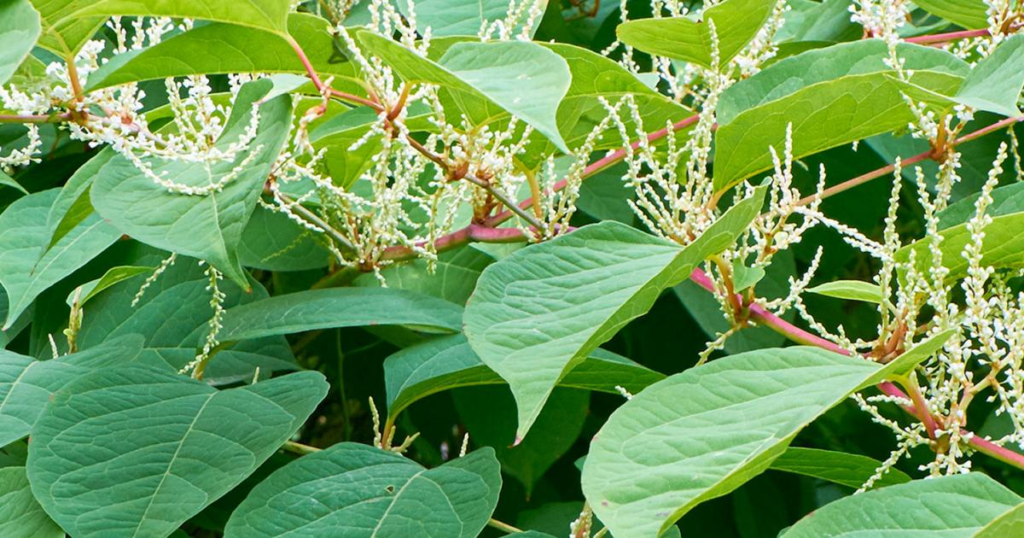How to Control Japanese Knotweed Growth
A home surrounded by plants can be beneficial to your family and the environment. But, check your area, especially if you have a garden. Many unwanted plants can suddenly appear from time to time. Some weeds can be eradicated easily. However, there’s one perennial plant that has become a nightmare to a lot of households. Continue reading this article to know more about it.

What is Japanese Knotweed?
“Fallopia japonica” is the scientific name of Japanese Knotweed, which is a wild garden plant. It was brought to Britain in the 19th century, to serve as a decorative plant. Captivatingly, during late summer and early autumn, this plant has stems, leaves, and velvety-white flowers that look astonishing. This type of plant has remained active for several years.
You can identify the Japanese Knotweed by knowing these:
- Japanese Knotweed stems are hollow inside. When you see twigs that break to show a dense, woody core are not Knotweed.
- Some people are confused with other plants — Lilac and Dogwood. But, these plants have leaves that sprout opposite each other along their stems. Knotweed doesn’t; the leaves grow in a zigzag pattern.
How Japanese Knotweed Grows
Japanese Knotweed spreads and is reproduced from even every tiny piece of its rhizome. By the way, the rhizome is plant stem that drives out roots and shoots from its nodules. In other words, rhizomes are creeping underground stems.
Going back to the Japanese Knotweed, this plant yields stems that look like bamboo every spring. The stem can reach up to more than 2.4 meters (8 feet). This invasive weed can suppress other plants below. Summer is its peak growing period. When winter comes, Japanese knotweeds die back to ground level.
Take note: The Japanese knotweed growth rate is 10 cm per day. Property owners who have this invasive plant in their area call for help to have Japanese Knotweed control.
Japanese Knotweed Damage
Growing in dense clumps, the rhizomes of Japanese Knotweed are robust and can push up through Tarmac (a hard, durable surface), concrete, and similar planes. When autumn comes, the canes start to become brown. But, they remain standing throughout the winter. Young shoot begins to grow when spring enters.
The worst thing that the Japanese Knotweed damage can do is it can destroy buildings. Its presence in gardens has been a crucial issue to many property lenders. Most of them refuse to offer mortgages because of the danger that Japanese Knotweed poses to properties. It has been observed that most properties where this invasive weed exists have dropped their values by thousands of pounds.
How to Stop Japanese Knotweed from Growing
It may take several years to completely stop the Japanese Knotweed damage when not taken care of properly. These invasive weeds are a real hood, spreading rapidly through the ground through their deep penetrating rhizomes. It needs to be controlled before it extends and becomes a severe issue. The root system of this perennial plant is so resilient that it can lead to damaged paths, driveways, and even house grounds.
One More Thing Before You Go
Early action on Japanese Knotweed control is critical to stop it from spreading. When you start seeing this damaging wild plant in your area, it would be better to hire a reliable and professional contractor for an active control service.



